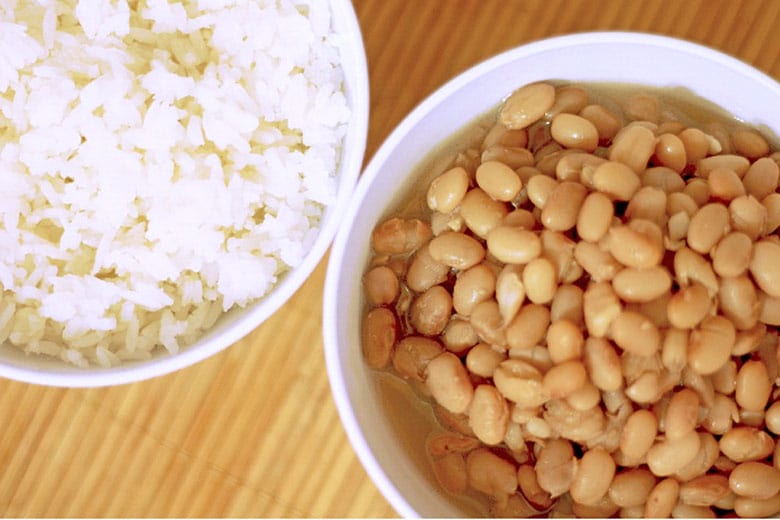 One of the biggest challenges during the pandemic is saving money for groceries. Basic foods such as rice and beans have also increased in price in recent months. According to Datafolha, 62% of the population saw their income decrease during this period.
One of the biggest challenges during the pandemic is saving money for groceries. Basic foods such as rice and beans have also increased in price in recent months. According to Datafolha, 62% of the population saw their income decrease during this period.The change in prices did not surprise Brazilians. Inflation in several regions of the world has caused people to pay extra attention to supermarkets. However, Brazil was the country where prices rose the fastest, according to a study by the University of Oxford with data from the World Bank.
To give you an idea, at the beginning of 2020 it was possible to find five-kilo bags of rice for R$15, while in September the same product was sold for up to R$40 in some cities. Although the increase will not be the same everywhere, the fact that inflation is so high in everyday items is a concern for consumers.
Why was inflation so strong in the country? Although the coronavirus pandemic has had the biggest impact in Brazil, food price inflation is not directly related to it. In fact, the rise in values began last year, when the real depreciated even further against the dollar.
As a result, Brazilian products became cheaper for other countries. This caused manufacturers to prioritize exports over domestic sales, reducing domestic supply and contributing to price volatility.
Furthermore, other factors contributed to making the basic food basket more expensive. In 2020, some Asian countries, such as Thailand and Vietnam, faced serious water crises that hampered rice production and exports. In this way, countries like Brazil stood out in the international market.
The big problem is that the acceleration in prices has not been accompanied by an increase in income – quite the opposite. Due to the pandemic, a large part of the population lost income and even jobs, which made inflation felt even more severe.
According to an article published by CNN, inflation and the pandemic could put Brazil back on the Hunger Map, according to research carried out by the United Nations. The population enters this statistic when 5% of the population is malnourished.
Photo: Pixabay What will prices be like in 2021? It is too early to say what prices will be like in 2021. However, given the acceleration in 2020, it is important for consumers to pay attention.
Some foods may adjust or rise more slowly – especially as they have seen a lot of growth in recent months. Rice too, responsible for several discussions in 2020. A package of products that was easily found for more than R$20 now costs an average of R$18.99, Extra Leaflet. A one-kilo package can be found at Tenda Atacado for R$3.89.
If the exchange rate remains stable and there are no other problems, such as a crisis in food production, it is likely that food prices will not increase as much. In any case, price checking is currently the only tool consumers have to avoid bad prices.
As we have seen, Brazilian consumers are the most affected by inflation during the pandemic, according to English research. Among the main reasons for this was the increase in exports, which favored the international market, but reduced supply in the domestic market. The scenario for 2021 is still uncertain, so it is important to avoid excessive spending.
